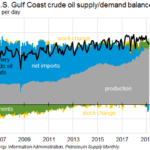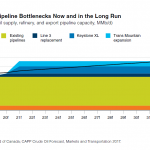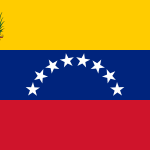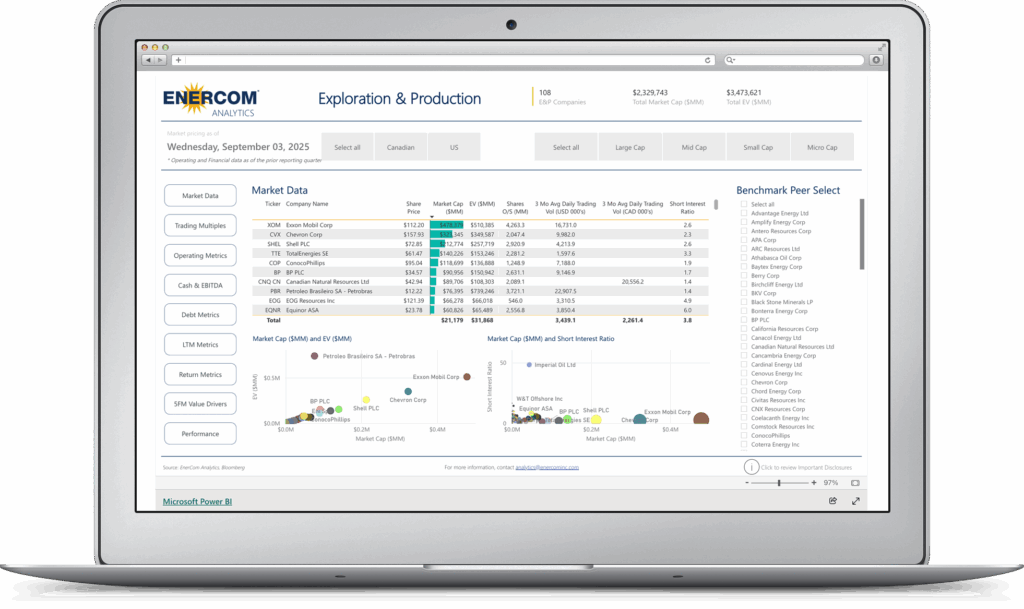
Oil Spikes After ‘Suspicious’ Tanker Attacks in Middle East
By Tyler Losier, Energy Reporter, Oil & Gas 360 Two vessels seriously damaged after seemingly intentional strike Two tankers were attacked Thursday near the Strait of Hormuz in the Gulf of Oman, leading to a spike in oil prices as markets opened today. U.S. officials are blaming Iran for the incidents; however the country has vehemently denied any involvement. Source:












